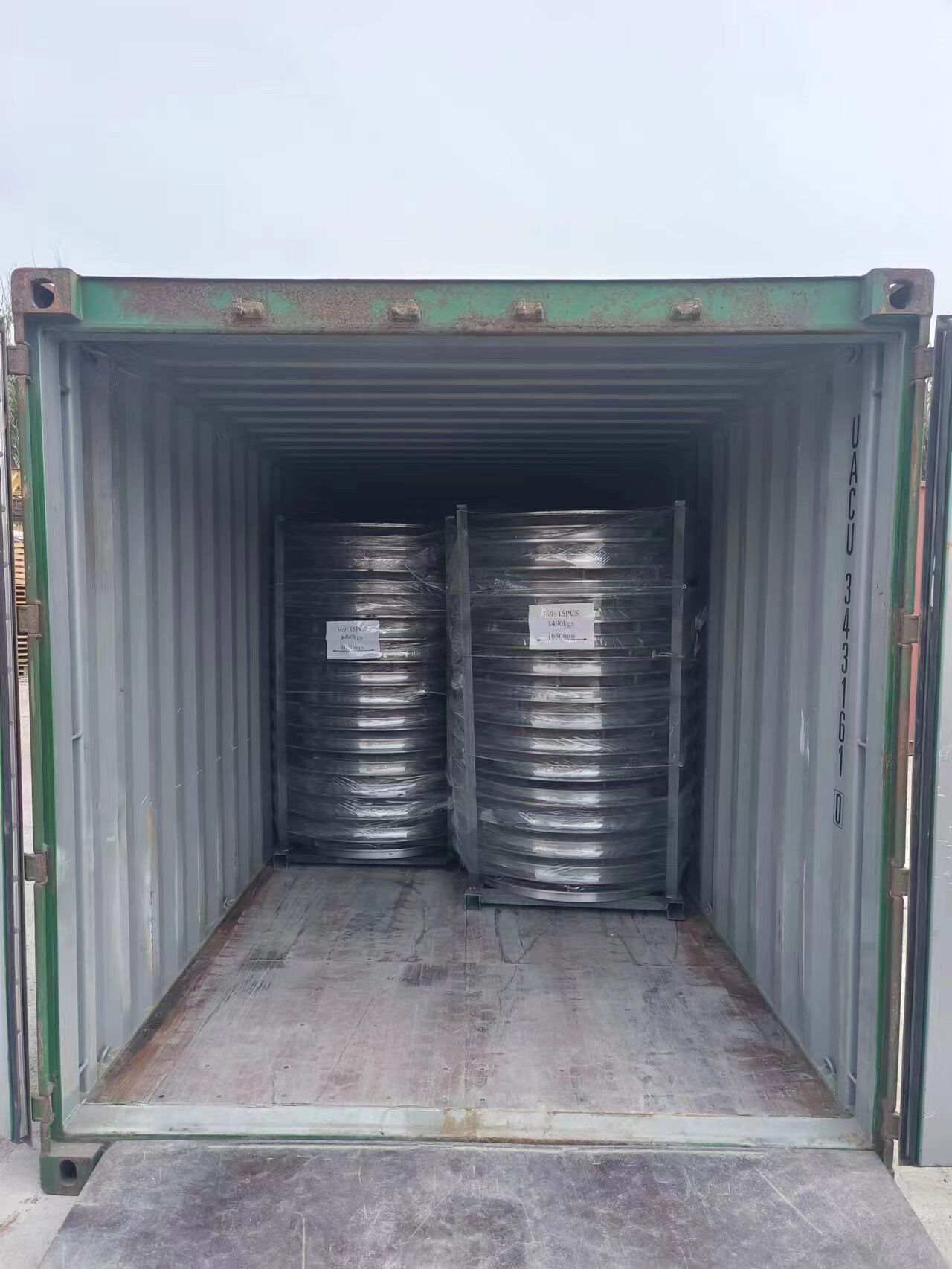- Afrikaans
- Albanian
- Amharic
- Arabic
- Armenian
- Azerbaijani
- Basque
- Belarusian
- Bengali
- Bosnian
- Bulgarian
- Catalan
- Cebuano
- China
- China (Taiwan)
- Corsican
- Croatian
- Czech
- Danish
- Dutch
- English
- Esperanto
- Estonian
- Finnish
- French
- Frisian
- Galician
- Georgian
- German
- Greek
- Gujarati
- Haitian Creole
- hausa
- hawaiian
- Hebrew
- Hindi
- Miao
- Hungarian
- Icelandic
- igbo
- Indonesian
- irish
- Italian
- Japanese
- Javanese
- Kannada
- kazakh
- Khmer
- Rwandese
- Korean
- Kurdish
- Kyrgyz
- Lao
- Latin
- Latvian
- Lithuanian
- Luxembourgish
- Macedonian
- Malgashi
- Malay
- Malayalam
- Maltese
- Maori
- Marathi
- Mongolian
- Myanmar
- Nepali
- Norwegian
- Norwegian
- Occitan
- Pashto
- Persian
- Polish
- Portuguese
- Punjabi
- Romanian
- Russian
- Samoan
- Scottish Gaelic
- Serbian
- Sesotho
- Shona
- Sindhi
- Sinhala
- Slovak
- Slovenian
- Somali
- Spanish
- Sundanese
- Swahili
- Swedish
- Tagalog
- Tajik
- Tamil
- Tatar
- Telugu
- Thai
- Turkish
- Turkmen
- Ukrainian
- Urdu
- Uighur
- Uzbek
- Vietnamese
- Welsh
- Bantu
- Yiddish
- Yoruba
- Zulu
Rhag . 23, 2024 18:30 Back to list
Exploring the Art and Techniques of Lost Wax Casting in Sculpture and Jewelry Design
The Lost Wax Casting Process A Timeless Art
Lost wax casting, also known as cire perdue, is a metal casting technique that has been employed for thousands of years to produce intricate and detailed metal objects. This ancient method has stood the test of time, showcasing the creativity and craftsmanship of artisans across cultures and eras. The process of lost wax casting is a fascinating interplay of art and science, enabling artists and engineers to create remarkable works ranging from jewelry to large sculptures.
The Basics of Lost Wax Casting
The lost wax casting process begins with the creation of a model, typically made from wax or a similar material. This model represents the final product and is often sculpted by hand to achieve the desired detail. Once the wax model is complete, it is coated in a ceramic shell or a mixture of fine sand and a binding agent, which will harden to form a mold.
After the ceramic shell has set, the next step is to heat the shell in a kiln. This heating process causes the wax to melt and drain away, leaving a hollow cavity in the shape of the original model. This is where the term lost wax comes from; the wax is literally lost in the process.
Once the wax has been eliminated, the ceramic mold is allowed to cool slightly before molten metal is poured into the cavity. The choice of metal can vary, including bronze, brass, silver, or gold, depending on the desired outcome. The molten metal flows into every nook and cranny of the mold, capturing the details of the original model. After the metal cools and solidifies, the ceramic shell is removed, revealing the intricate piece of art within.
The Advantages of Lost Wax Casting
One of the standout features of lost wax casting is its ability to produce highly detailed and complex designs. Unlike other casting methods, which may not capture fine features, lost wax casting allows for the creation of delicate and intricate shapes that may be impossible to achieve with traditional machining or fabrication techniques.
Additionally, this method is highly versatile. It can be employed on a small scale to create jewelry and detailed sculptures, or on a larger scale for industrial applications, such as engine components or art installations. The adaptability of lost wax casting makes it an invaluable technique in various fields, including art, jewelry design, and manufacturing.
lost wax casting

Cultural Significance
Historically, lost wax casting has held significant cultural importance in various societies. Ancient civilizations, such as the Egyptians, Greeks, and Chinese, utilized this method to create not only decorative pieces but also functional items and religious artifacts. The technique allowed for the production of durable and visually stunning objects that often told stories or conveyed cultural beliefs.
In many cultures, the mastery of lost wax casting is passed down through generations, with artisans honing their skills and techniques over time. This practice has created a rich heritage of metalwork that continues to inspire contemporary artists and craftsmen.
Modern Applications and Innovations
Today, lost wax casting continues to be relevant, with modern advancements enhancing the process. The use of computer-aided design (CAD) technology allows for precise modeling and design before the actual casting begins. This modern adaptation has opened new doors, enabling artists and manufacturers to experiment with intricate designs and more complex forms than ever before.
Furthermore, there is a growing trend toward sustainability in metal casting. Artisans are beginning to explore eco-friendly materials and processes, from using recycled metals to investing in non-toxic mold-making materials, ensuring that traditional methods evolve in harmony with contemporary environmental concerns.
Conclusion
Lost wax casting is a time-honored technique that merges artistry with precision, enabling the creation of stunning metallic objects that resonate with history and culture. As it continues to adapt to modern technology and changing artistic expressions, lost wax casting remains an enduring testament to human creativity and the quest for beauty in craftsmanship. Whether in the form of exquisite jewelry or monumental sculptures, the lost wax casting process captures the spirit of innovation and tradition, enticing both artists and admirers alike.
-
Durable Cast Iron Water Main Pipe | AI-Optimized Design
NewsAug.05,2025
-
8mm Thin-Walled Cast Steel Manhole Cover Pallet Bottom Ring | Durable
NewsAug.04,2025
-
Premium Cast Iron Water Main Pipe: Durable, Corrosion-Resistant
NewsAug.03,2025
-
Durable Cast Iron Water Mains | AI-Optimized Systems
NewsAug.02,2025
-
High-Efficiency Propane Boiler for Baseboard Heat | Save Energy
NewsAug.01,2025
-
Premium Source Suppliers for Various Gray Iron Castings
NewsJul.31,2025


